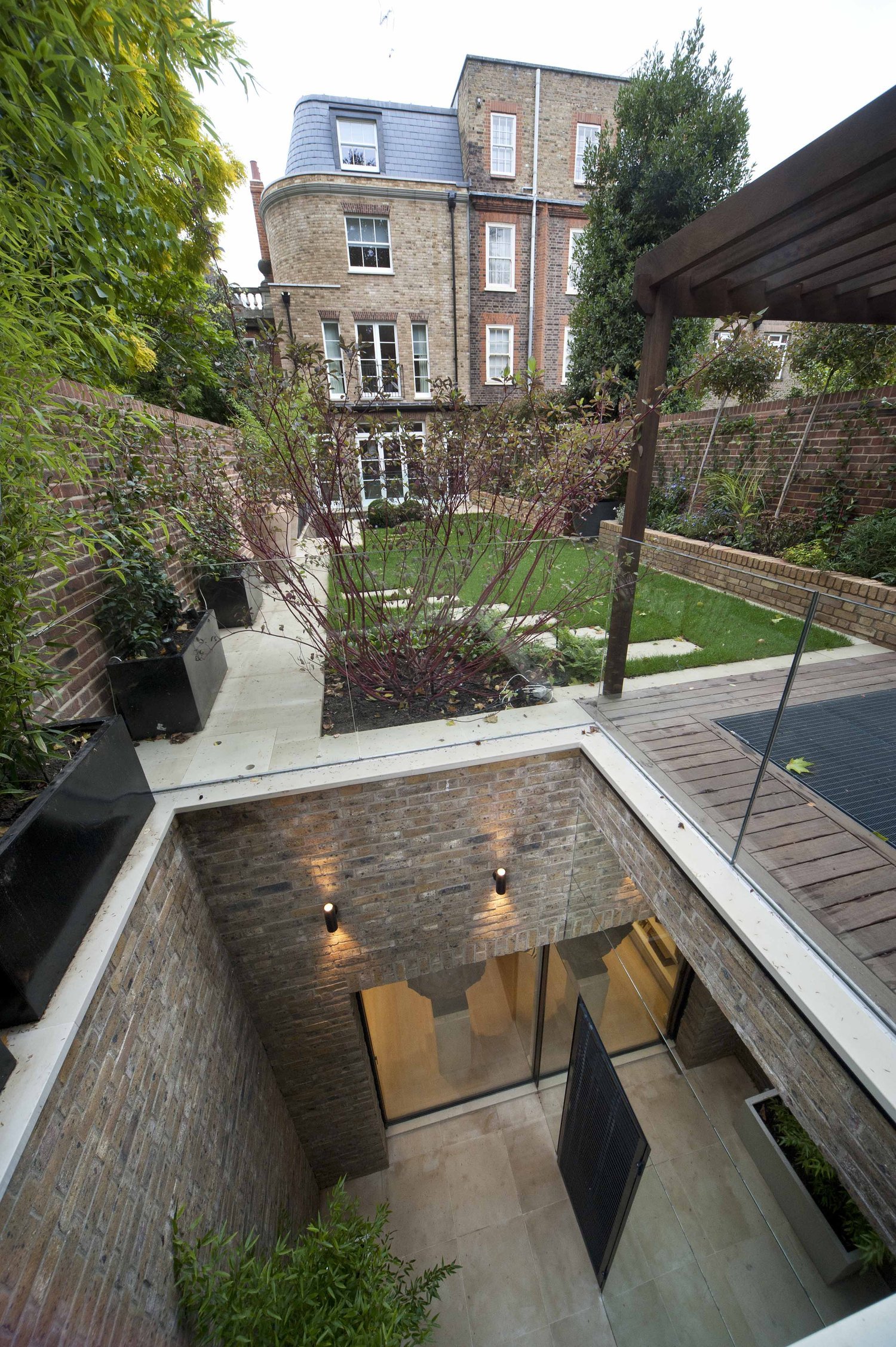How Do I Improve my Chances of a Successful Planning Application?
We’re often asked this question at the very start of a project, especially when our client is hoping to be able to embark upon a particularly extensive or ambitious renovation…
Every project is unique, and the individuals within a team of Chartered Architects will have a range of different experiences and specialities. Planning applications require careful consideration and sometimes extensive preparation, especially in Areas of Outstanding Natural Beauty or where listed building consent is required. There are also more workaday considerations, such as the size of the plot compared to the area of any extension required, the proximity to neighbouring structures, and how the new project sits within its surrounding landscape. Here, our team focuses on seven main points to consider for a successful planning decision
1. Relevant Experience
It’s important that the architects chosen have experience relevant to the sector of your development. If your project or development is within a listed or historic building, then a Chartered Architect with experience of listed and historic buildings is the sensible choice. There will be a better understanding of what can be, or is likely to be, permitted. And of course, the same goes for choosing a practice that has similar experience within the commercial or new build sectors if the new development sits within those sectors.
2. Pre-Application Advice
Consider getting Pre-Application Advice from the relevant planning authority, especially if the new project is complex or may attract contention or objection from neighbouring property owners or other concerned parties. Pre-Application Advice can be a time saver as well as being financially advantageous in that repeated applications can be avoided. Pre-Application Advice is for the architect and owner only, it’s not available in the public domain (i.e. local authority planning application websites). The Pre-Application advice allows communication between the authority and the architect, to explore alternative options and solutions to issues which may arise, before a formal application is made.
3. Expert Consultants
Reports, advice and information may be required from various consultants for some applications; it’s important that the architects chosen have engaged the relevant teams or individuals. Here at JLE Studio we have at various times liaised with arboriculturists, heritage building specialists, sustainable drainage consultants, as well as acoustic, mechanical and electrical consultants.
4. Permitted Development
For potential developers and project owners, it’s useful to understand the scope and limitations of Permitted Development Rights. These rights originate from the Government, rather than the local authority. Consequently, some projects for houses may fall under Permitted Development and will not need Planning Permission. However, flats, maisonettes and buildings with shared grounds and entrances, for example, don't fall under Permitted Development guidelines. The Planning Portal has useful information here.
5. Planning Officers’ Advice
We always explain to our clients that it’s vital to listen to, and take note of, the advice that is given by planning officers. They know how it all works and will be familiar with local quirks and requirements, as well as how the latest national planning policies may affect the project in question.
6. Neighbourly Conduct
Once a planning application has been submitted, it’s very often worth informing any neighbours that will be affected, either because they are directly next door, or may potentially be affected by noise or disruption during construction works. If appropriate, show them your plans and be prepared to explain any details that they may have concerns about. It’s always beneficial if neighbours support the scheme and feel that they have been considered.
7. The Planning Portal
It can be daunting for a client embarking upon a new project, especially when the team are discussing Planning Permission, Pre-Application Advice, Permitted Development and various other speciality subjects. We have found that our clients who have a read-through of the various processes, as seen on the Government’s Planning Portal feel that they have a better understanding of the planning system.
Written by Lewis James


